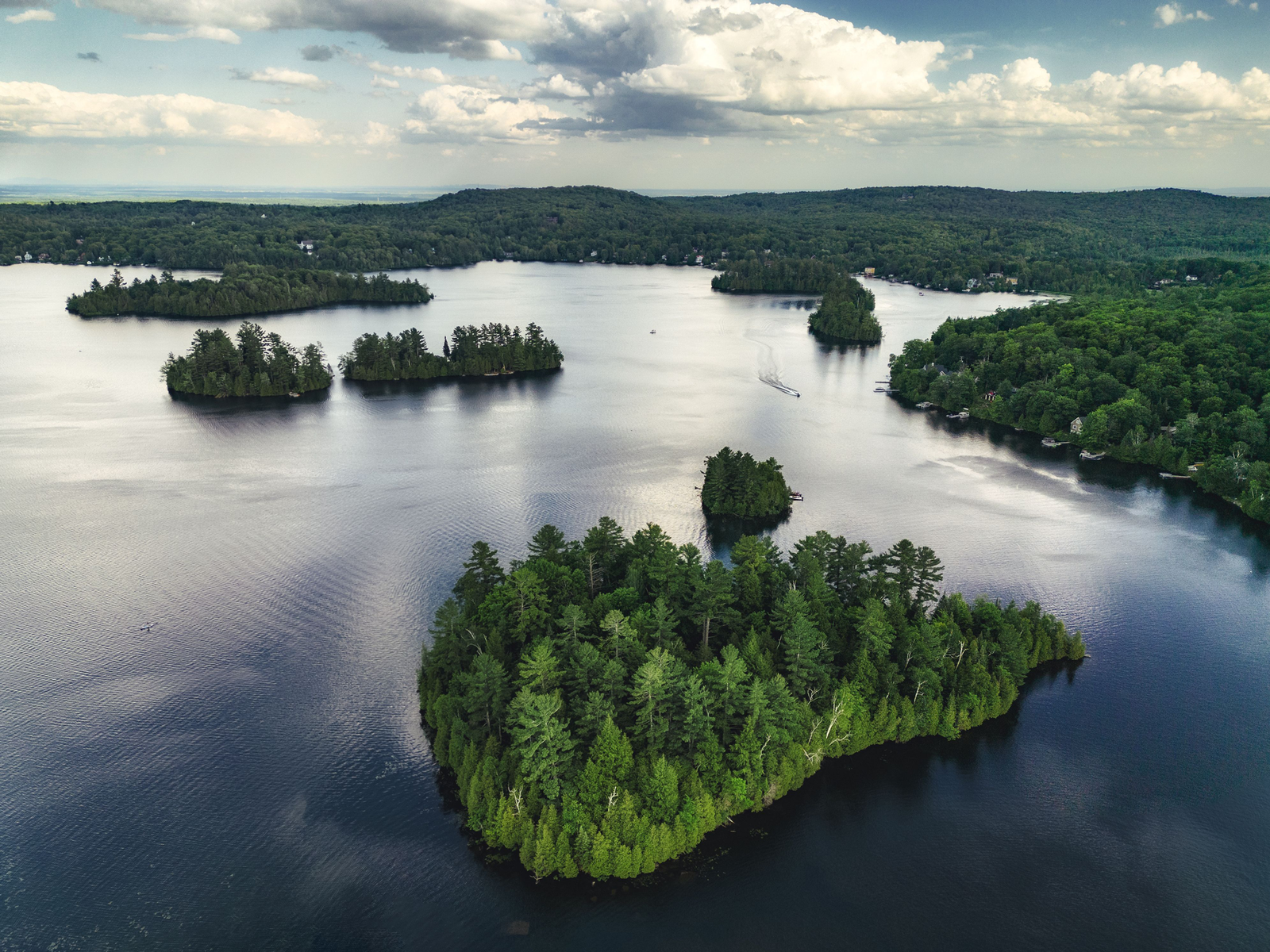Why Septic Prep Matters
If you own a cottage or home in Haliburton County, your septic system is more than just an unseen utility. It’s the silent engine that keeps your home running, your property healthy, and—most importantly—our lakes clean. A well-maintained septic system protects your investment, prevents costly repairs, and safeguards the pristine waterways that define cottage-country living.
According to the Coalition of Haliburton Area (CHA), “a healthy septic is an efficient septic, and an efficient septic protects our homes, lakes, and rivers.” Your septic system isn’t just about your household—it’s directly connected to the health of the entire watershed. Unless you have a holding tank, every drop of water that goes down your drain eventually flows through your septic system and into the ground. When that system isn’t cared for properly, untreated waste can seep into soil, streams, and lakes.
This guide dives into the do’s and don’ts of septic prep, combining CHA’s 2025 Septic Tips with additional insights from environmental experts. Whether you’re a seasoned homeowner or a new property buyer in Haliburton, these practices will help you keep your system running smoothly and your shoreline safe.
How Septic Systems Work
A Class 4 septic tank, the most common type of septic system, typically includes:
- The septic tank – where solids settle and beneficial bacteria begin breaking down waste.
- The drainfield (or leaching bed) – where wastewater is filtered naturally through soil layers.
- The surrounding soil – nature’s ultimate filter, which removes harmful bacteria and nutrients before water reaches groundwater or lakes.
Healthy septic systems rely on good bacteria and time. Good bacteria (naturally present in human waste) digest septic contents before water leaves the tank. But this process only works if:
1. The bacteria remain alive and balanced.
2. The system has enough time to process each load of water before another rushes in.
The Do’s of Septic Prep
1. Protect the Good Bacteria
- Use septic-safe cleaners when possible.
- Avoid chlorine bleach, antibacterial soaps, fabric softeners, and chemical drain cleaners that kill bacteria.
- If extra grease or soap enters your system, CHA suggests using an EcoEthic Septic Treatment monthly.
2. Manage Water Use Wisely
- Spread laundry across the week; avoid “laundry day overload.”
- Install low-flow toilets and showerheads.
- Run dishwashers only when full—modern Energy Star units use as little as 12 L per cycle vs. 108 L when handwashing.
- Shorten showers and collect “warm-up water” in a pail for reuse.
3. Pump and Inspect Regularly
- Pumping frequency depends on use, but generally you should pump your tank every 3–5 years—and never just before winter, since solids help keep the tank warm and prevent cracking.
- Have your system inspected every 5 years—remember, pumping is not the same as inspection.
4. Keep Records
Maintain a log of pumping dates, inspections, and repairs.
5. Maintain Your Drainfield
- Keep it grass-covered (no asphalt, patios, or heavy landscaping).
- Divert roof and surface water away.
- Never drive or park vehicles on top.
The Don’ts of Septic Prep
1. Don’t Use a Garburator
Septic systems can’t handle the volume of solids that garbage disposals produce.
2. Don’t Flush the Wrong Things
Avoid wipes, diapers, feminine hygiene products, dental floss, condoms, paper towels, cat litter, grease, oils, and coffee grounds.
3. Don’t Drown Your System
Sending large amounts of water in a short time overwhelms bacteria. Hot tub drains, sump pumps, and stormwater should never connect to septic.
4. Don’t Poison the System
Avoid chlorine bleach, antibacterial soaps, drain cleaners, automatic toilet bowl cleaners, and fabric softeners.
5. Don’t Ignore Warning Signs
Watch for odours, slow drains, soggy ground above the tank, or algae growth near shorelines.
Water-Smart Living—Why Every Drop Counts
The average Canadian uses 335 litres of water daily—about double the European average. For cottage-country homes relying on septic systems, this high usage can be disastrous.
Tips for reducing usage:
- Bathrooms: switch to 3 L flush toilets; limit shower time.
- Kitchens: always use the dishwasher; never handwash full sinks.
- Laundry: one load per day maximum, using high-efficiency machines.
By conserving water, you give bacteria more time to digest waste—keeping your septic efficient and lakes clean.
Seasonal Septic Prep
- Spring: Inspect the tank and yard for flooding. Check risers and lids after freeze-thaw cycles.
- Summer: Spread water use across days to prevent overload. Educate guests on septic do’s & don’ts.
- Fall: Never pump during fall—solids keep the tank warm and prevent cracking during winter.
- Winter: Avoid compacting snow on the drainfield. Insulate pipes where possible.
Septic Systems & Lake Health
Haliburton is cottage country—our lakes are the lifeblood of tourism, recreation, and property values. Failing septic systems release nutrients (like phosphorus) that feed algae blooms, turning clear water into green scum. They also release harmful bacteria into swimming areas.
CHA emphasizes that protecting lakes starts at home, with each septic system. By following simple do’s and don’ts, property owners become stewards of both their cottages and the ecosystem.
Long-Term Value of Septic Care
A healthy septic system isn’t just about avoiding repair bills (which can easily exceed $20,000). It also:
- Preserves property value—buyers ask about septic health.
- Reduces liability—failing systems can trigger bylaw issues.
- Contributes to community health—every system adds up in a watershed.
Your Septic, Your Responsibility
Septic care may not be glamorous, but it’s one of the most important responsibilities of home and cottage ownership in Haliburton. By following CHA’s 2025 Septic Tips and these do’s and don’ts, you protect not just your home—but also the lakes, rivers, and community we all share.
At Baumgartner Realty Group, we believe in more than just buying and selling properties—we believe in protecting the Haliburton lifestyle for generations to come. Contact us today if you’re considering selling your home or cottage, and we’ll help you showcase not only your property’s features but also its eco-friendly, lake-friendly practices.


